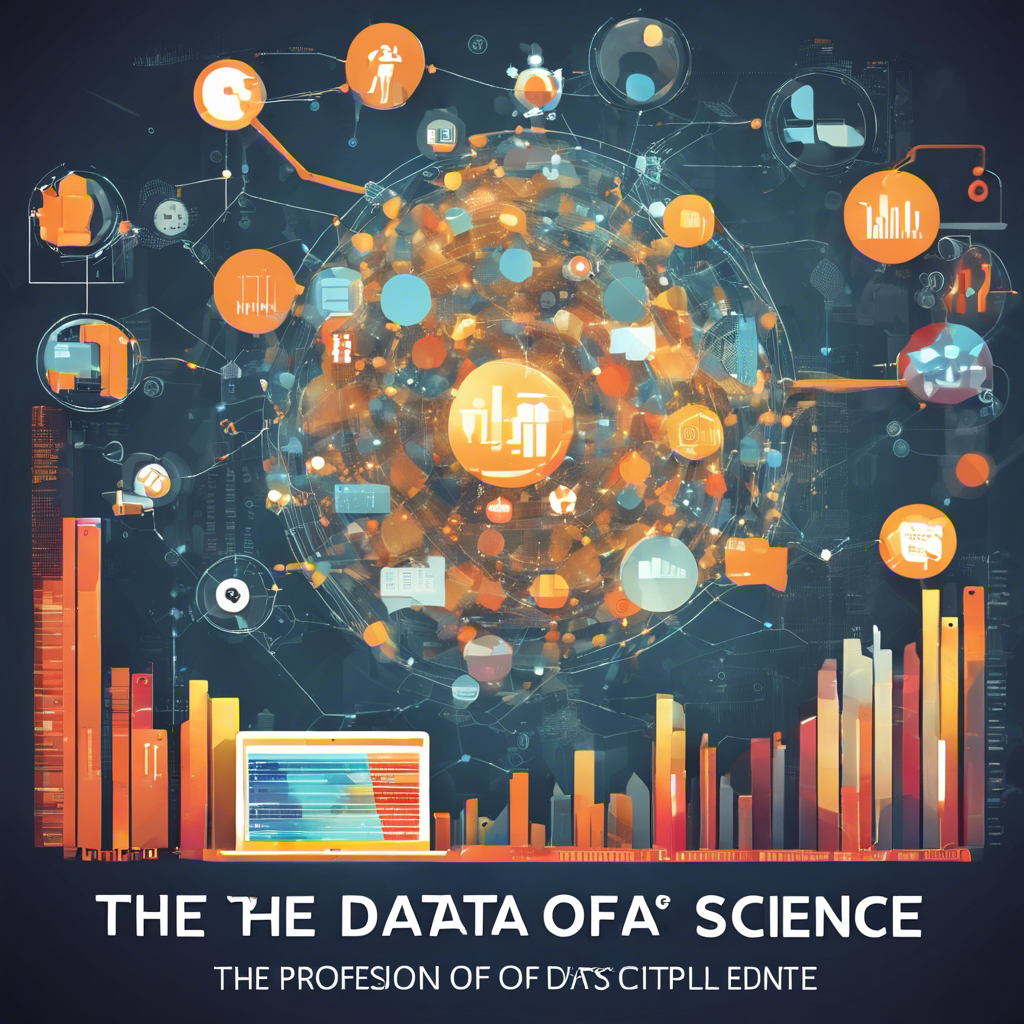Johns Hopkins University Researchers Develop Innovative Method to Match Astronomical Objects Across Surveys
In the vast expanse of the universe, astronomers are faced with a daunting challenge – how to match millions, even billions, of astronomical objects across different surveys. With each survey providing unique information and varying conditions, the task of correctly identifying and matching these objects becomes increasingly complex. However, a group of researchers at Johns Hopkins University has harnessed the power of data science to develop a groundbreaking method for astronomical object matching, revolutionizing the field of astronomy.
The Significance of Astronomical Object Matching
Matching astronomical objects is crucial for space scientists as different surveys offer diverse data, including wavelength information, exposure times, and survey dates. Surveys such as the Sloan Digital Sky Survey, the Hubble Source Catalog, the Fermi Gamma-ray Space Telescope, and the Evolutionary Map of the Universe detect a multitude of objects across various wavelengths and conditions. However, when researchers attempt to study an object present in multiple surveys, complications arise. Distinguishing between objects, especially across different wavelengths, can be a daunting task, requiring accurate matching for precise scientific analysis.
The Data Science Approach
Enter Jacob Feitelberg, Amitabh Basu, and Tamás Budavári from Johns Hopkins University, who have applied data science techniques to tackle the challenge of astronomical object matching. By utilizing methods commonly used in data science, the team has successfully paired objects from multiple surveys, determining the likelihood that these objects are indeed the same celestial entity. Basu explains, “For every observation from survey 1 and survey 2, we give this pair a ‘score,’ which measures the likelihood that these observations were of the same celestial object.” This scoring system allows for efficient pairing across vast amounts of data, enabling researchers to match objects even between 100 different catalogs.
The Power of Matching Observations
The implications of this breakthrough are profound. Matching observations across time and telescopes allows researchers to extract more knowledge from the same data, contributing to a deeper understanding of the cosmos. Budavári emphasizes the significance, stating, “These observations are fundamental to building theories about the universe, from the smallest particles to the vast cosmos.” By accurately matching observations, scientists can further refine their theories and gain valuable insights into the workings of the universe.
Open Source Code and Collaborative Science
Notably, the team at Johns Hopkins University has made their code publicly available, encouraging collaboration and further advancements in the field. This open-source approach fosters a spirit of cooperation among scientists, enabling them to collectively push the boundaries of knowledge and accelerate discoveries.
Conclusion:
The marriage of data science and astronomy has yielded a groundbreaking method for matching astronomical objects across surveys. The innovative approach developed by the researchers at Johns Hopkins University has the potential to revolutionize the field, allowing scientists to extract more knowledge from the vast amount of data collected by various telescopes. By accurately matching observations, researchers can deepen their understanding of the universe and contribute to the advancement of scientific theories. With the code now available to the public, the stage is set for collaborative efforts that will propel astronomical research to new heights.











